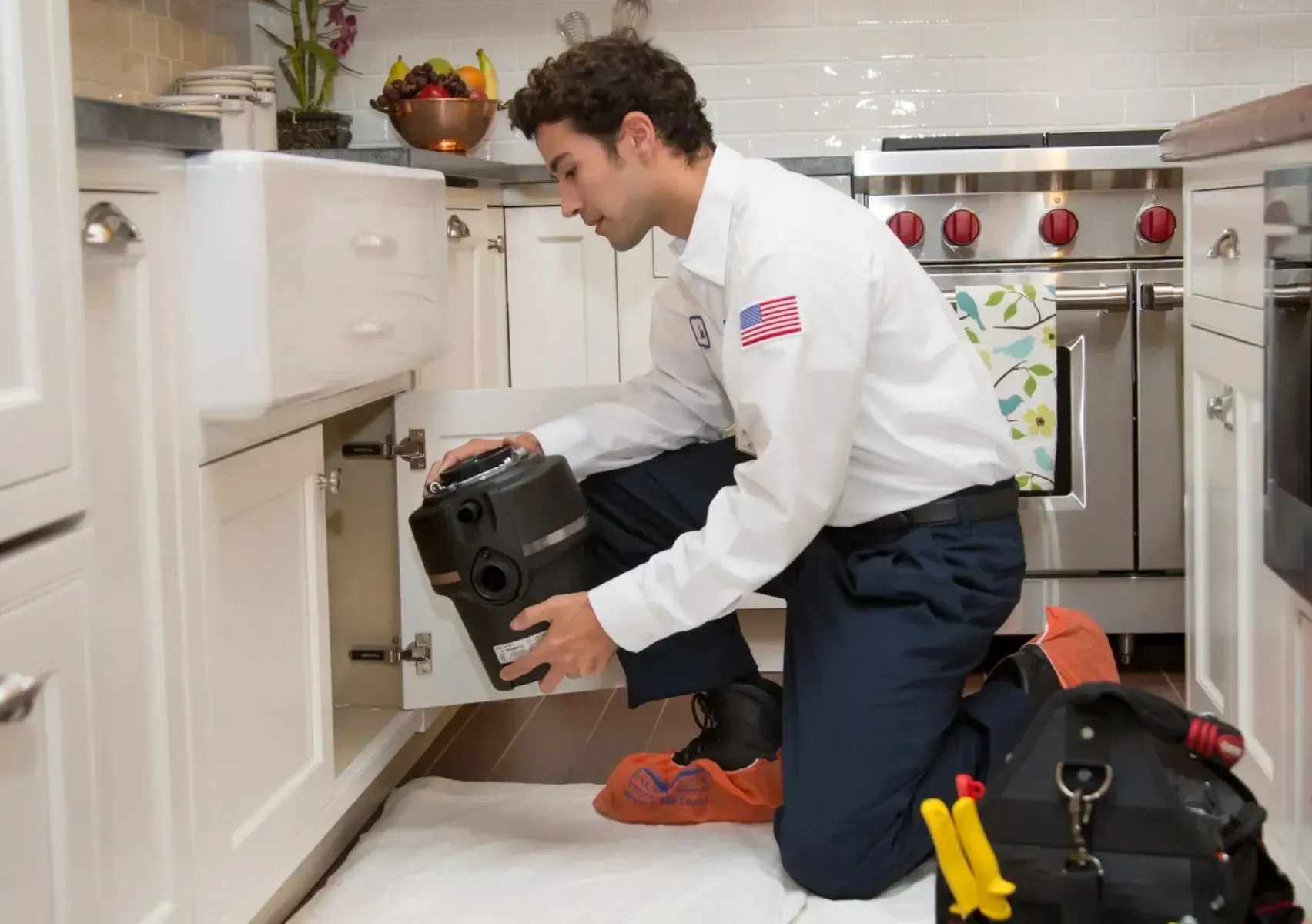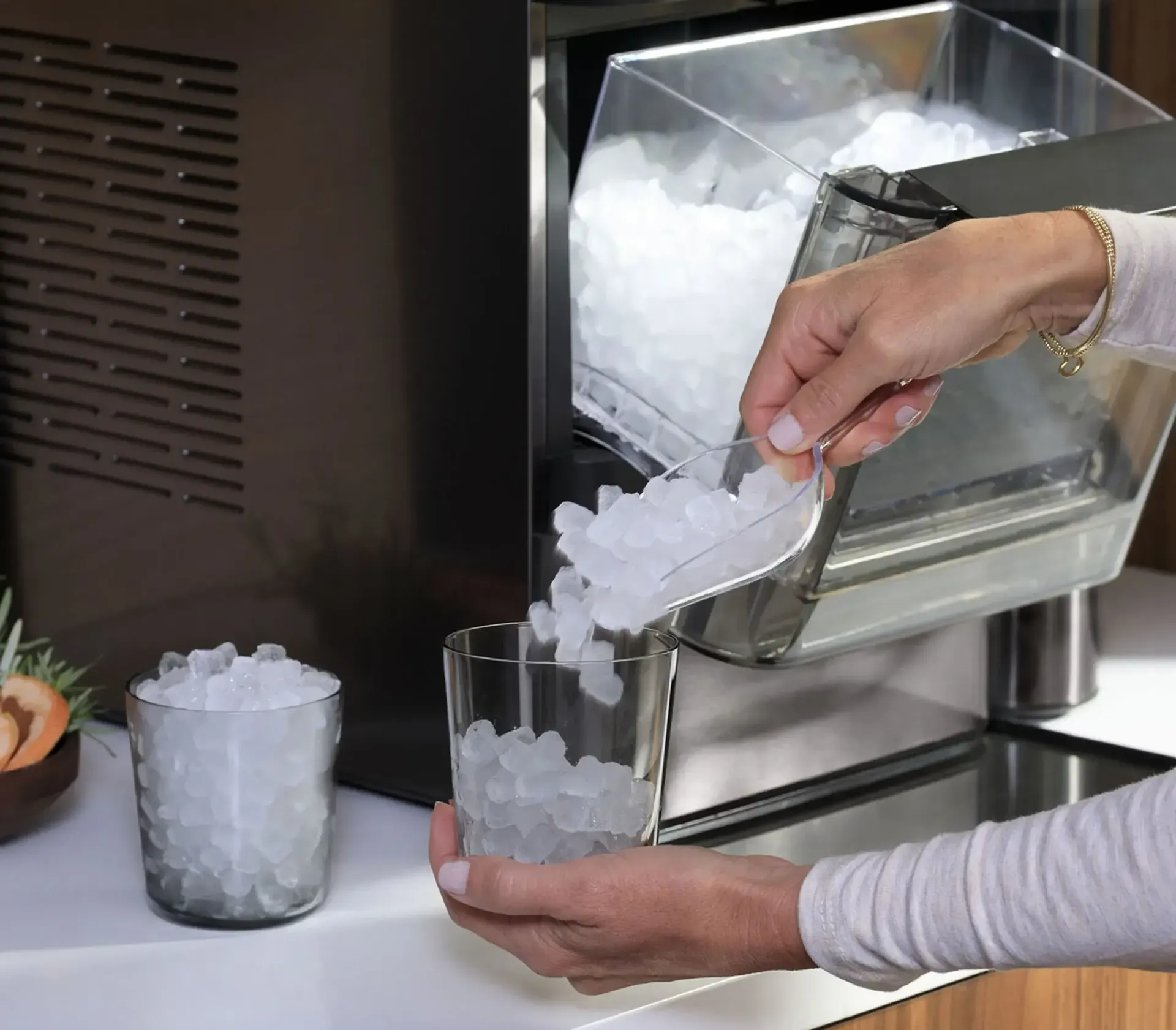In this comprehensive guide, we'll delve into the world of dishwasher maintenance and troubleshooting, empowering you with the knowledge and tools to conquer any hiccup your trusty appliance may encounter. From mysterious leaks to stubborn food residue, we'll navigate through common issues with expert advice and step-by-step instructions. By understanding the inner workings of your dishwasher and mastering simple DIY solutions, you'll not only save precious time and money but also gain the satisfaction of becoming your kitchen's own handy technician. So, let's roll up our sleeves, grab our wrenches, and embark on a journey to reclaim the pristine cleanliness of your dishes, ensuring that every mealtime is a delightful experience free from the woes of dishwasher woes.
How Your Dishwasher Works:
Before attempting any repairs, it's essential to understand the basic components and operation of your dishwasher. Dishwashers typically consist of a detergent dispenser, spray arms, filters, heating element, pump, and control panel. Water is pumped into the dishwasher and sprayed onto the dishes by the spray arms, while detergent helps to break down food particles and grease. Familiarizing yourself with these components will help you diagnose and fix problems more effectively.
Diagnosing Common Problems:
The first step in dishwasher repair is identifying the problem. Common issues include dishes not getting clean, water not draining, leaks, strange noises, and failure to start. Take note of any specific symptoms or unusual behavior exhibited by your dishwasher to help pinpoint the problem accurately.
Water Supply:
If your dishwasher is not filling with water or not cleaning dishes properly, the problem may lie with the water supply. Start by checking that the water supply valve is fully open and that the water inlet hose is not kinked or blocked. Inspect the inlet valve for any signs of damage or wear and replace it if necessary.
Spray Arms and Filters:
Clogged spray arms and filters can inhibit water flow and reduce cleaning performance. Remove the spray arms and filters from the dishwasher and clean them thoroughly with warm, soapy water. Use a toothbrush or soft brush to remove any debris or mineral deposits. Rinse the spray arms and filters thoroughly and reinstall them in the dishwasher.
Drain Hose and Pump:
If your dishwasher is not draining properly or leaking, there may be an issue with the drain hose or pump. Inspect the drain hose for any kinks, blockages, or damage, and ensure that it is properly connected to the sink drain or garbage disposal. Check the pump for any signs of damage or wear and replace it if necessary.
Heating Element:
The heating element is responsible for heating the water and drying the dishes in your dishwasher. If your dishes are not getting clean or are not drying properly, the heating element may be faulty. Use a multimeter to test the continuity of the heating element. If it fails the continuity test, it will need to be replaced.
Resetting the Control Panel:
Sometimes, a simple reset can resolve minor issues with the dishwasher's electronics. Turn off the dishwasher and unplug it from the power source for at least one minute. Plug the dishwasher back in and turn it on to see if the problem has been resolved.
Regular Maintenance:
Preventative maintenance is key to keeping your dishwasher running smoothly and efficiently. Clean the spray arms and filters regularly, inspect the drain hose and pump for any signs of damage, and check the water inlet valve for leaks or blockages. Address any issues promptly to prevent them from escalating and affecting the dishwasher's performance.
Lasting Performance
As we conclude our journey through the ins and outs of dishwasher maintenance and troubleshooting, it's evident that repairing your dishwasher doesn't have to be a daunting task. Armed with knowledge and equipped with simple DIY solutions, you can tackle common issues with confidence, restoring your appliance to its optimal performance.
Throughout this guide, we've explored various troubleshooting techniques, from checking the water supply to cleaning the spray arms and filters, and even testing the heating element. These steps, while seemingly small, can make a world of difference in the efficiency and longevity of your dishwasher.
However, it's essential to emphasize the importance of safety when working with electrical appliances. Always disconnect power sources and exercise caution to prevent accidents. If you feel uncertain or uncomfortable about any repair task, don't hesitate to seek assistance from a qualified technician.
By investing a little time and effort into understanding and maintaining your dishwasher, you not only save money on professional service calls but also extend the lifespan of your appliance. Ultimately, the goal is to ensure that your kitchen remains a haven of cleanliness and efficiency, with sparkling clean dishes awaiting you at every mealtime.
So, embrace your inner handyman or handywoman, and let's commit to keeping your dishwasher running smoothly for years to come. With the knowledge and skills acquired from this guide, you're well-equipped to conquer any dishwasher dilemma that comes your way, ensuring a seamless and enjoyable kitchen experience for you and your loved ones.



